Firms drive to expressways investment
Dozens of domestic firms have shown strong interest in spending trillions of dong on expressway projects, an area long viewed as one of the least attractive for investment.
 The local outfits hope the projects will be a highway to better profit margins |
Among them, the Bank for Investment and Development of Vietnam (BIDV) recently allied with PetroVietnam, Bitexco, Idico, Vinashin, VNPT, and the Song Da Corporation to build the Ho Chi Minh City–Long Thanh–Dau Giay Expressway.
In addition, the government has agreed to allow the Vietnam Cement Corporation to invest in the Ninh Binh–Bai Vot section of the North–South Expressway Project under the BOT (build-operate-transfer) form.
These two moves indicate growing competition with the Vietnam Expressway Corporation (VEC), run under the Ministry of Transport (MoT). The VEC was assigned by the government to develop expressways across the country. However, VEC officials said they were ready to support any new investors.
Under a national transport blueprint, Vietnam’s expressway system is expected to span 6,500 kilometres by 2020, with 2,700km comprising the North-South Expressway.
“It is good news that investors are interested in building expressways because to date, Vietnam has only 60km of this type of road,” said Nguyen Tat Son, vice general director of VEC.
He added that VEC would actively support and even transfer its projects to other investors for the sake of national interest.
VEC’s support for investors has been crucial, particularly as some of the interested parties have proposed better schemes which do not require state funds and have a shorter turnaround time.
However, VEC leaders asserted that they were more experienced financially after having learnt lessons from the failure of previous highway projects. In addition, VEC officials said they considered the short turnaround time boasted by new investors to be simply a tactic to win the contract.
Previous highway projects enjoyed a policy that exchanged land for infrastructure, but this policy has since been eliminated. As a result, VEC’s funding comprised 40 per cent state budget funds, with 60 per cent of funds mobilised by VEC itself. A VEC official pointed out that the scheme had been widely applied in developed countries like Japan and South Korea.
Since they will not receive a state budgetary allocation of 40 per cent of the project’s total value, investors on the Ho Chi Minh City–Long Thanh–Dau Giay Expressway section have asked the state for 1,200 hectares for the project.
Meanwhile, VEC officials countered that if they were given the same incentive, they could have improved the project’s implementation.
This situation has forced the government to tackle the question of why two investors were given different policies for the same project.
Another concern facing the MoT is that if a number of investors each develop a section of a national expressway, the ultimate results will vary from project to project, creating inconsistencies.
What the stars mean:
★ Poor ★ ★ Promising ★★★ Good ★★★★ Very good ★★★★★ Exceptional
 Tag:
Tag:
Related Contents
Latest News
More News
- Trump's trade policies could shape Vietnam's economic outlook: Dragon Capital (November 15, 2024 | 16:56)
- The One Destination partners with Singapore investor and institutional fund to build ESG real estate complex (November 11, 2024 | 10:32)
- Stabilising measures must sit alongside land price hikes (November 07, 2024 | 09:56)
- CapitaLand Development records strong bookings for Orchard Hill (November 07, 2024 | 08:19)
- Public transport and real estate: The rise of Transit Oriented Development (November 05, 2024 | 15:06)
- Funding flows to second-tier localities (November 03, 2024 | 15:24)
- Hanoi has long road to travel in becoming a smart city (November 03, 2024 | 15:00)
- Nam Long Group hands over keys to Akari City Phase 2 (October 30, 2024 | 18:29)
- KTG Industrial expands industrial footprint at Taitronics 2024 (October 29, 2024 | 14:46)
- Deal signed for sustainable development at Prodezi Eco-Industrial Park (October 26, 2024 | 10:02)




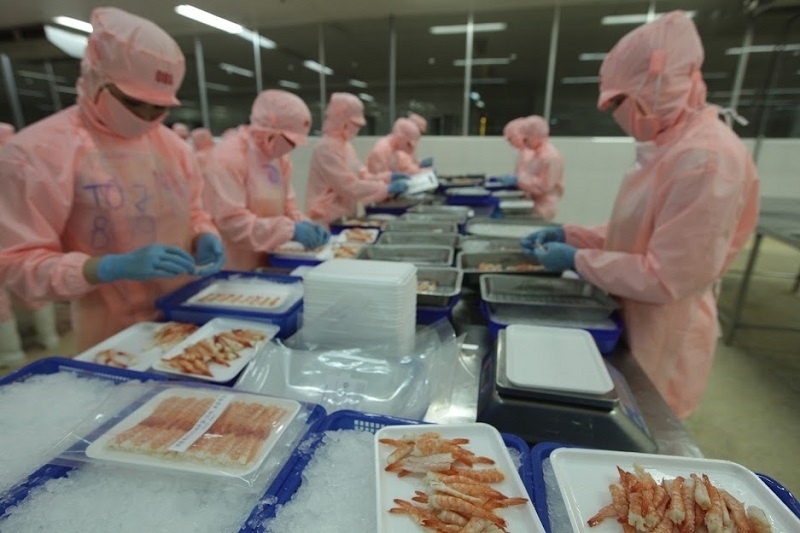
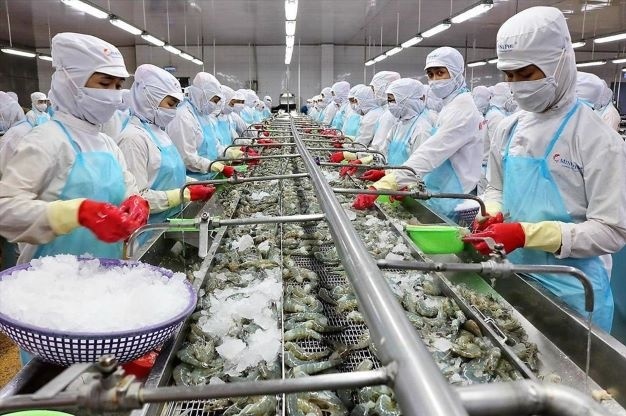

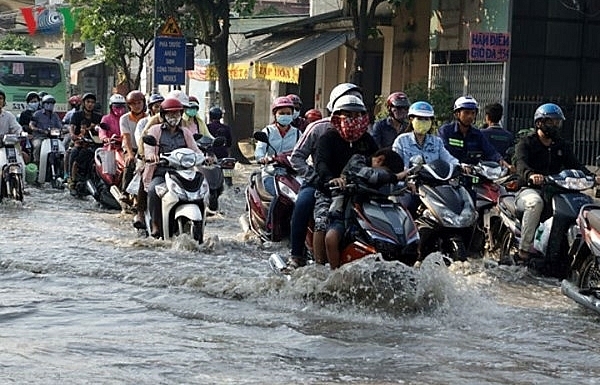
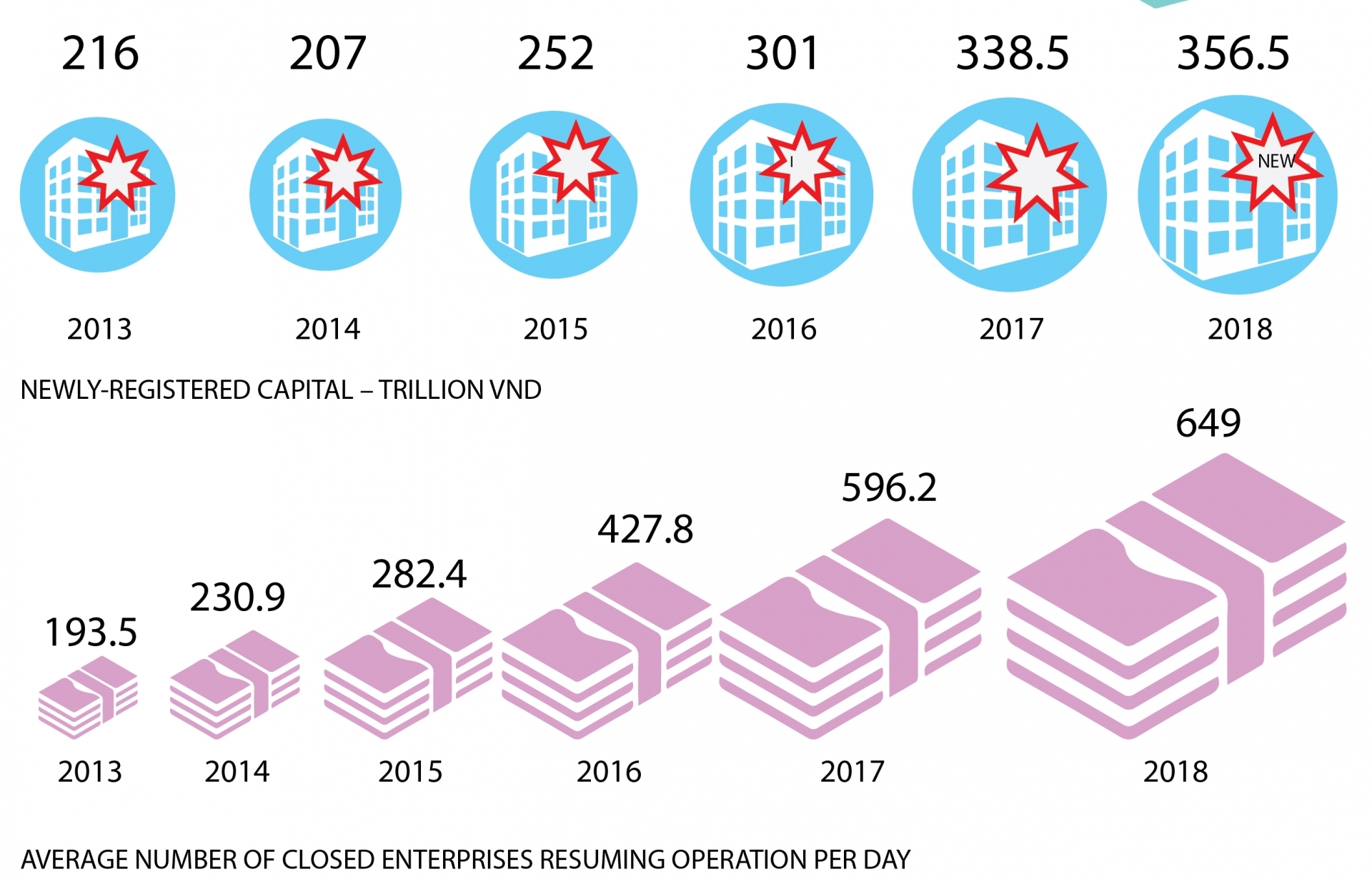

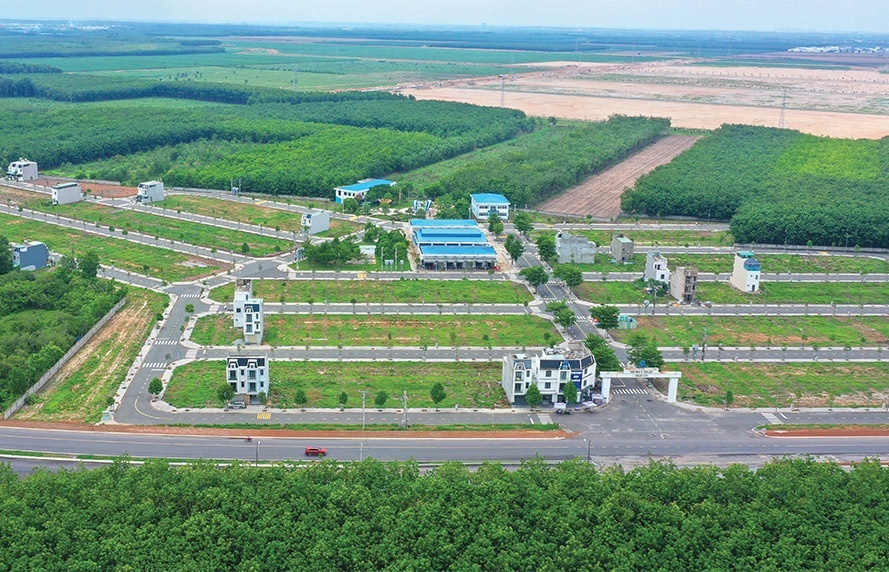
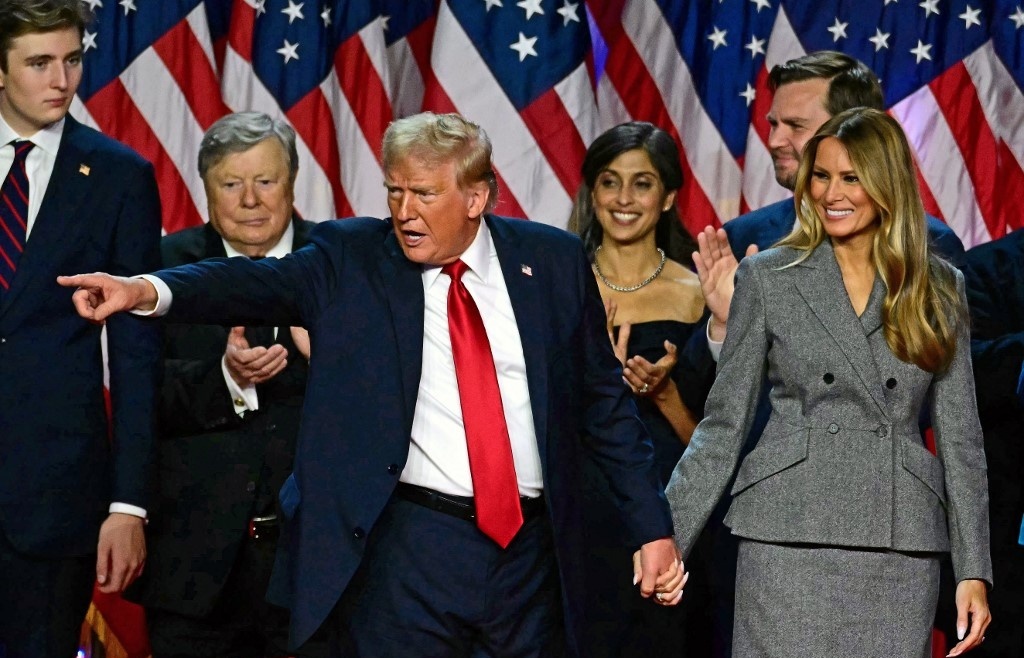

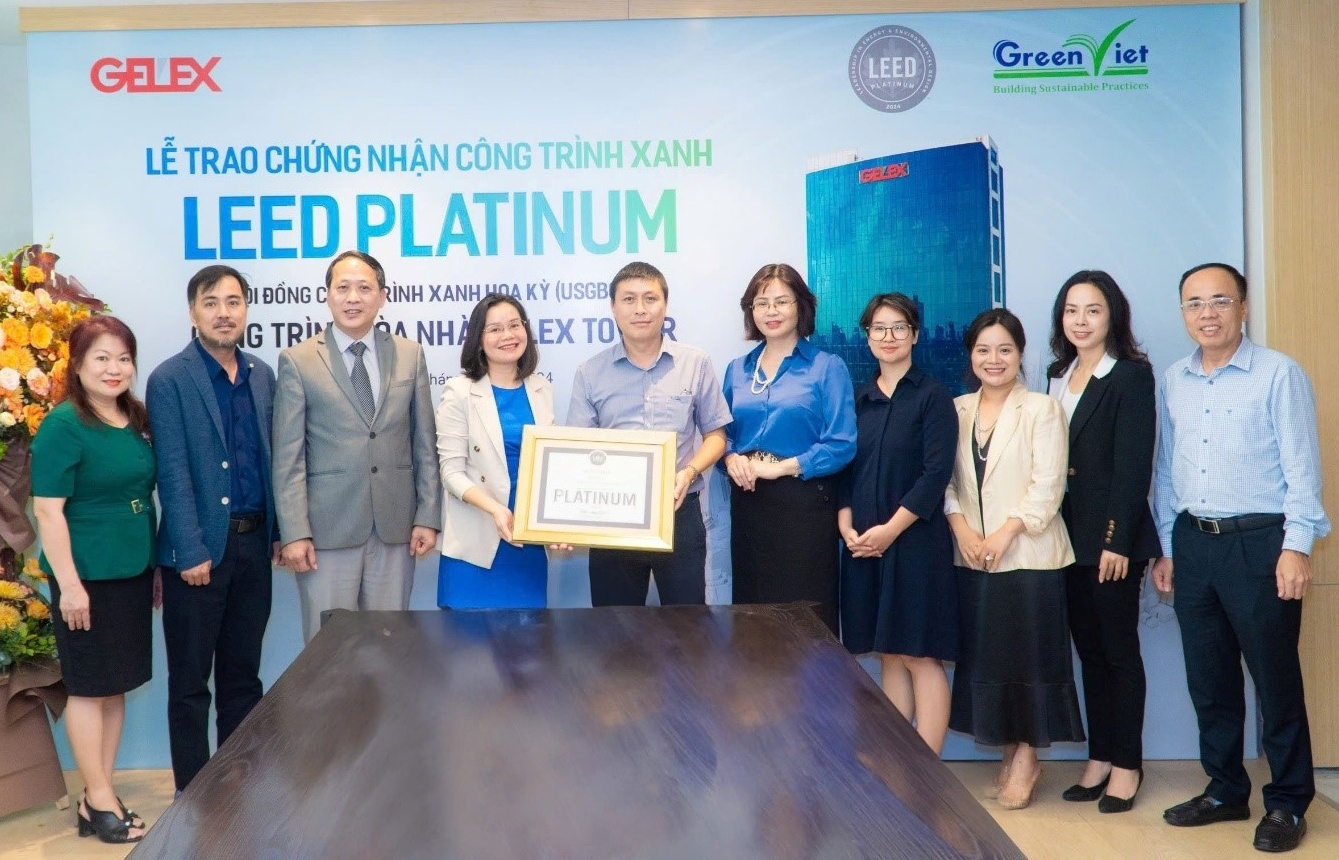
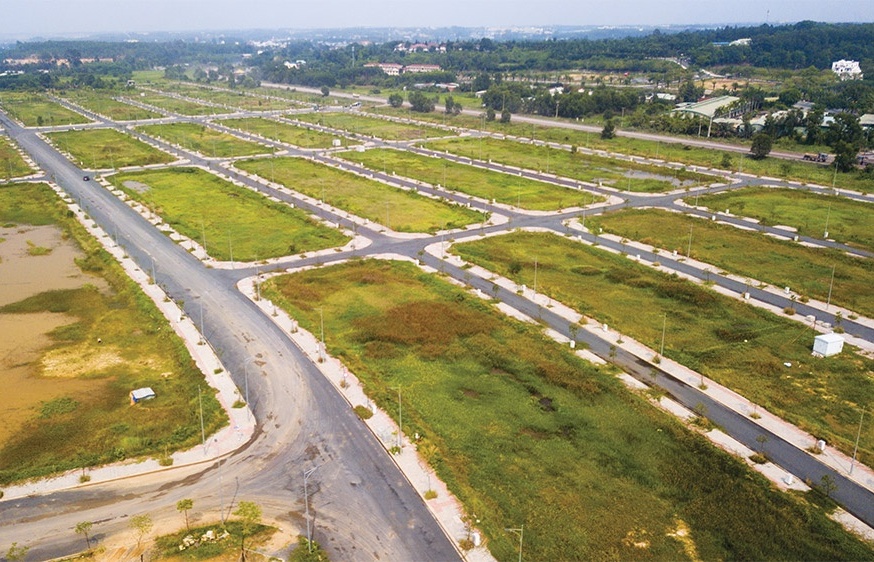
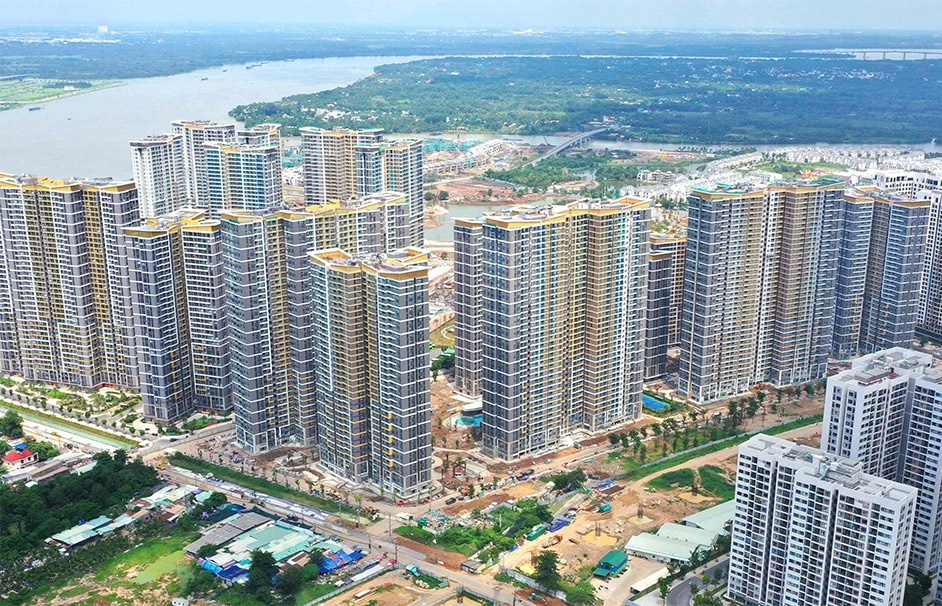









 Mobile Version
Mobile Version